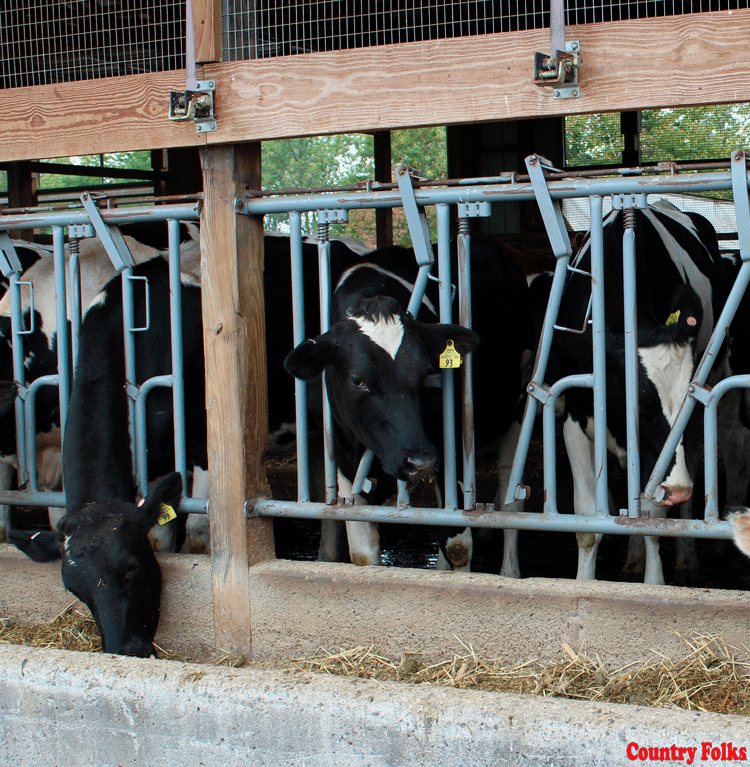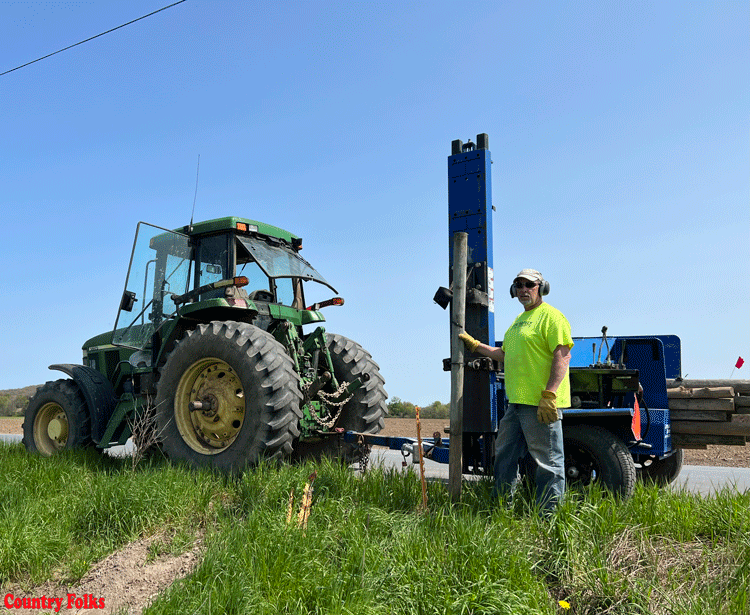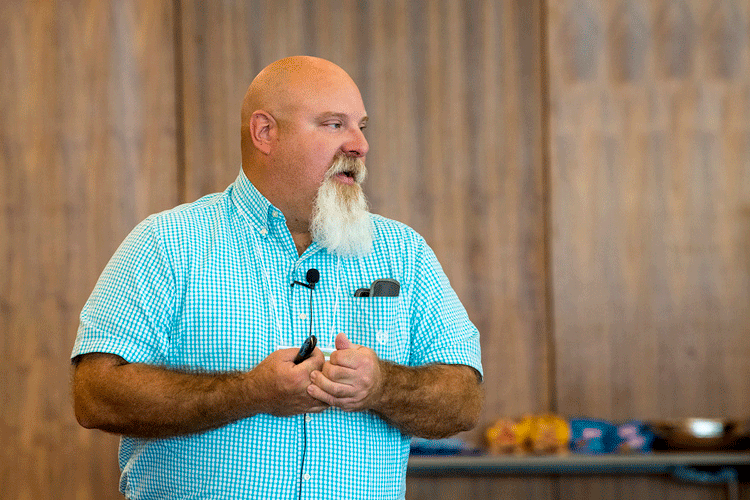A yield enhancement network (YEN) may be your key to growing more per acre than you ever imagined. Established in 2012 by UK ADAS crop physiologists, this global series of networks includes farmers from the UK, EU, Canada and the U.S. YEN emphasizes maximizing a higher percentage of a farmer’s yield potential by sharing information that can help other farmers.
Mark Lott and daughter Heidi Lott, representing Lott Farms LLC in Waterloo, NY, were YEN participants in 2022. They served as panelists to discuss yield and YEN at the recent Soybean & Small Grains Congress. The Lotts raise no-till/vertical till wheat. Dennis Pennington, small grains specialist with Michigan State University and Great Lakes YEN 2022 steering committee, served as moderator.
The Great Lakes YEN included 50 farms in Ontario, 22 in Michigan, 18 in Ohio, four in Kentucky, three in New York and one in Wisconsin (98 total). The YEN critical samples and evaluations from the field included agronomic field data, soil samples, grab samples and harvested grain samples.
For data entry, farmers use the Crop Trak app, custom built for YEN and available for iOS, Android and Windows. Among the participants, the top yields were J. Krohn of Michigan with 165.9 bushels/acre and 138 pounds; A. Timmermans in Ontario with 150.2 bushels/acre and 178 pounds; and K. Hill of Ontario with 144.1 bushels/acre and 113 pounds.
“We try to watch test plot results to see what has good yield potential,” Mark said. “It varies year to year. We used to put wheat on wet ground, and we’d have wheat failure. Tile improved the soil.”
His farm uses a stripper head to harvest, then vertical tills a cover crop in. The cover stays on through winter. Mark said it’s important to look underground to maximize the yield. Heidi added that the population of 1.2 to 1.3 million seeds/acre also affects yield.
“We’ve learned that we can lower the population,” Pennington said. “The idea is when we plant later, you don’t get as many tillers. When planting 2.4 million, when you do that, your lodging risk goes up.”
He said that the yield winner, Krohn, used 800,000 seeds/acre with five-inch row spacing. “That is the difference,” Pennington said. “We’ve done the research.”

Dennis Pennington, small grains specialist with Michigan State, served on the Great Lakes YEN 2022 Steering Committee. Photo by Deborah J. Sergeant
Another factor boosting yield is applying phosphorous in the furrow with the seed via a fertilizer truck with seed in one bin and fertilizer in the other. “Or you could buy seeds and fertilizer from co-ops where they’ll mix it for you,” Pennington said.
Most of the growers in last year’s Great Lakes YEN applied nitrogen three times (46); 29 applied twice; 15 applied four times; and the remaining 10 applied none, once or five times. Applying three to four times were clearly the favored choices.
The Lotts indicated that entering data such as these were not that time consuming for them. They had to enter data, take a soil sample and two tissue samples, take grain samples at harvest, weigh those samples, report them and spend four hours at a wrap-up meeting.
Mark said that his farm left their wheat straw standing, as knocking it down could mean that it could wash away in rain or blow away. He would rather keep it intact to provide cover.
As for weed problems, Heidi said that late season marestail affected the wheat.
“We spray shortly after green-up,” Mark added. “We have had bluegrass come in. We need to scout more.”
Pennington also confirmed that the top 20% of the YEN producers scouted frequently and paid attention to the details of the growing process, along with timely spray application. But with all that time and those applications comes cost.
“We have done some economic analysis,” Pennington said. “They are making money. But every farm has to look at input costs compared with yield. Twenty percent of the top yield group had $349 per acre input compared with $303 per acre with the others.”
Heidi said Lott Farms will try a growth regulator to boost yield. “We had 97 bushels this year with wet fall weather when we planted, but have 220 bushels per acre potential,” she said.
Pennington hopes that in three to four years with more information, the YEN data will help farms reach their yield potential.
“We can publish recommendations with critical values,” he said.
by Deborah Jeanne Sergeant











Leave A Comment